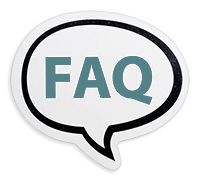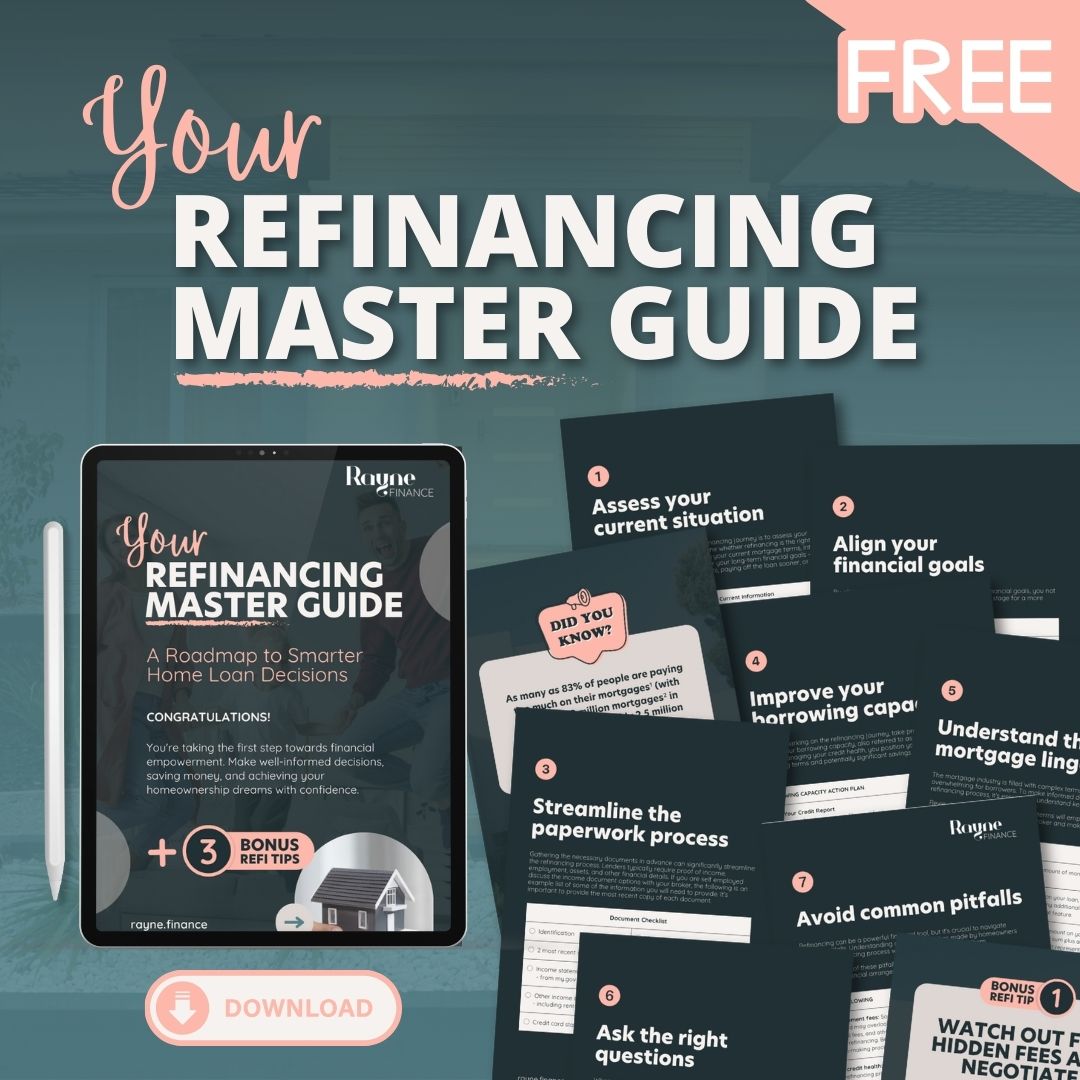Instead of full financial statements, lenders typically accept business activity statements (BAS), bank statements and accountant declarations to assess a borrower’s ability to repay the loan. However, these loans often come with stricter lending conditions, including higher deposit requirements – usually at least 20% – and potentially higher interest rates to offset the perceived risk to the lender.
When should a low-doc loan be considered?
- Low-doc loans aren’t a first-choice solution, but they can be useful in specific situations, such as:
- Recently self-employed borrowers who don’t yet have two years of tax returns but have a stable income.
- Business owners with irregular income who don’t meet standard loan assessment criteria.
- Clients who minimise taxable income for tax purposes, making traditional income verification difficult.
- Investors who need quick financing but don’t have up-to-date financial statements.
Credit requirements and deposit considerations
Low-doc loans don’t have a universal minimum credit score; instead, lenders assess each borrower’s risk profile individually. A good credit score helps secure better terms, but lenders also consider factors like deposit size and financial stability. In most cases, a higher deposit – typically 20-30% – is required compared to standard home loans.
To improve borrowing options, clients can take proactive steps to strengthen their credit profiles, such as making timely payments, reducing credit card balances and limiting new credit applications. Checking credit reports for errors and maintaining a strong financial history can also help improve lending outcomes.
Finding the right loan solution
While low-doc loans are available – particularly through non-bank lenders that specialise in working with self-employed borrowers – they should only be considered when other options aren’t viable, due to the higher interest rates and fees. Each lender has different requirements, so exploring various lenders is key to finding a suitable loan.
Licensing statement: Rayne Finance ABN [70 605 100 838] is authorised under LMG Broker Services Pty Ltd Australian Credit Licence 517192. Disclaimer: (1) As with any financial scenario there are risks involved. This information provides an overview or summary only and it should not be considered a comprehensive analysis. You should, before acting in reliance upon this information, seek independent professional lending or taxation advice as appropriate and specific to your objectives, financial circumstances or needs. This publication is provided on the terms and understanding that: (2) LMG Broker Services Pty Ltd, Rayne Finance (Seed Lending Pty Ltd) and the authors, consultants and editors are not responsible for the results of any actions taken on the basis of information in this publication, nor for any error in or omission from this publication. (3) LMG Broker Services Pty Ltd, Rayne Finance (Seed Lending Pty Ltd) and the authors, consultants and editors, expressly disclaim all and any liability and responsibility to the maximum extent permitted by the law to any person, whether a purchaser or reader of this publication or not, in respect of anything, and of the consequences of anything, done or omitted to be done by any such person in reliance, whether wholly or partially, upon the whole or any part of the contents of this publication.
Explore other FAQs and Facts
How to consolidate tax debt
Struggling with ATO tax debt? If you miss payments, the ATO may charge 11.36% interest on unpaid amounts. One option is to consolidate your tax debt into your home loan, potentially saving on interest, though refinancing costs apply. Speak with a mortgage broker to explore this option and avoid further penalties.
How is interest calculated on my home loan?
Mortgage interest is calculated daily based on the remaining principal, but the reduction of the principal isn’t linear. In the early years, a larger portion of each payment goes toward interest. However, by making additional repayments or using an offset account, you can reduce the principal faster and pay less interest over the life of the loan.
How do green home loans work?
As Australians seek to minimise their carbon footprint, green loans are becoming popular. These loans finance energy-efficient homes, renovations, and eco-friendly products like solar panels, EVs, and insulation. With potentially lower rates and flexible terms, green loans also boost property value, as sustainable homes attract more views and sell faster.
Dream Home Dilemma: Should You Build or Buy your home?
Deciding whether to build a new home or buy an established one is a major step in your homeownership journey. Each choice has its own set of pros and cons, from the opportunity to customise your space to the convenience of moving into an existing home. Understanding these differences can help you make the best decision for your future.
9 things to prepare before buying a home
To ensure a smooth property purchase, start by boosting savings and avoiding job changes three months before applying for pre-approval. Check your credit report for errors, consult a mortgage broker, and choose a conveyancer. Research locations, attend open homes, and arrange inspections. Contact me for expert guidance and loan pre-approval.
Your quick guide to guarantor home loans
Saving for a deposit can be challenging, but a guarantor home loan offers a solution. By having a guarantor, typically a parent or relative, cover part or all of the deposit, buyers could enter the property market sooner. With this support, you might qualify for a home loan with just 5% or even 0% savings.
Government opens up more housing assistance places
The federal government has expanded the Home Guarantee Scheme, offering an additional 50,000 places for 2024-2025. This includes 35,000 spots for first home buyers, 10,000 for regional buyers, and 5,000 for single parents. Eligible applicants can secure a home with a low deposit and avoid lender’s mortgage insurance.
Understanding Australia’s Major Banks’ Anti-Scam Platform
Seventeen banks, including the big four, have joined forces to combat scams with the Fraud Reporting Exchange (FRX). This innovative system enables near real-time communication between banks, allowing them to swiftly report and respond to fraudulent payments as they move across institutions, enhancing security for all customers.
7 steps to increase your borrowing power
Borrowing power can vary significantly based on financial circumstances and lender choice. While two friends with similar profiles might get approved for different amounts, you can take steps to potentially increase your borrowing power. These steps include reducing expenses, increasing income, reducing debt, lowering credit card limits, improving your credit score, saving a larger deposit, and consulting a broker.
How redraw facilities and offset accounts can save you money
Offset accounts and redraw facilities both reduce the interest on your home loan by applying extra funds. Redraw facilities lower interest while providing conditional access to your money. Offset accounts, acting like savings accounts, offer easier access and higher interest savings, despite potential fees. Choose based on your need for fund accessibility and flexibility.














